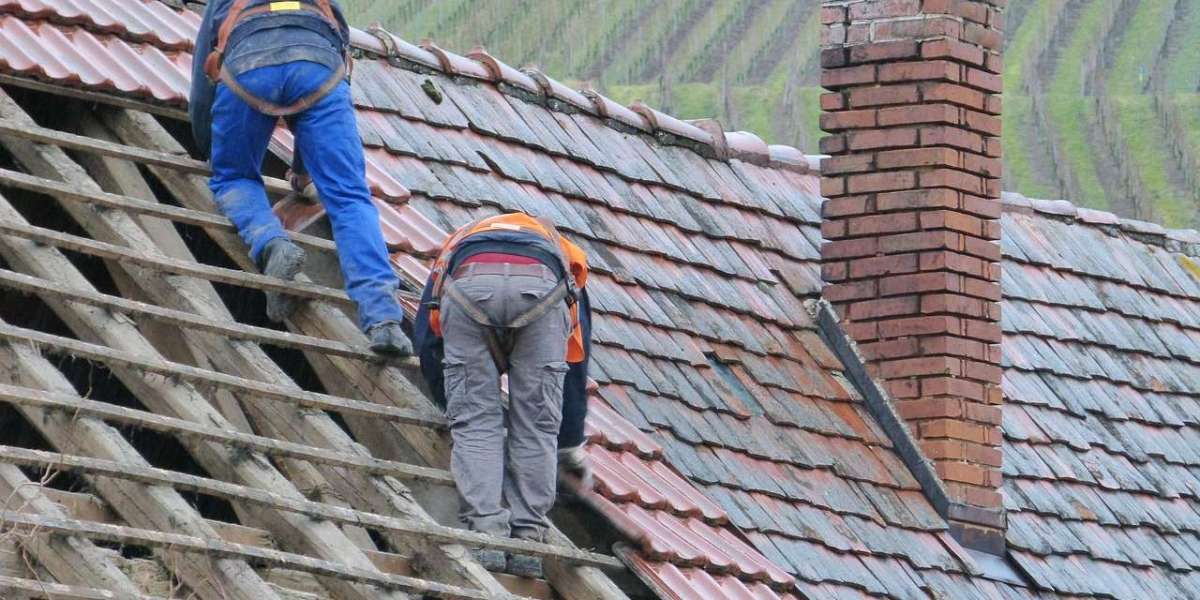Introduction
Hailstorms can wreak havoc on your roof, causing both visible and hidden damage. While some hail damage can be repaired, there are times when replacing your roof is the best option to ensure the safety and integrity of your home. This article will guide you through the signs that indicate it's time to replace your roof after a hailstorm, providing valuable insights for homeowners.
1. Visible Shingle Damage
One of the most apparent signs that your roof needs replacement after a hailstorm is visible damage to the shingles. Look for the following indicators:
- Cracks and Splits: Hail can cause shingles to crack or split, compromising their ability to protect your roof from water infiltration.
- Bruising: Hail impact can leave dark spots or bruises on shingles. These areas are often softer to the touch and indicate that the granules protecting the shingles are damaged.
- Missing Shingles: High winds accompanying hailstorms can blow shingles off your roof. Missing shingles leave your roof vulnerable to further damage and leaks.
2. Granule Loss
Shingles are coated with granules that protect them from the sun's ultraviolet rays and provide fire resistance. After a hailstorm, you may notice an excessive amount of granules in your gutters or around your home's perimeter. Significant granule loss reduces the shingles' effectiveness and lifespan, signaling the need for a roof replacement.
3. Water Leaks and Stains
Water leaks are a serious concern after a hailstorm. Check your attic and ceilings for signs of water infiltration, such as:
- Water Stains: Brown or yellow stains on your ceilings or walls indicate water leakage. These stains can grow over time, leading to mold and structural damage.
- Damp Insulation: Inspect your attic insulation for dampness or water damage. Wet insulation loses its effectiveness and can harbor mold growth.
4. Sagging Roof Deck
A sagging roof deck is a clear sign that your roof has suffered significant damage. This can result from water infiltration weakening the underlying structure. If you notice any sagging areas, it's crucial to address them immediately by considering a roof replacement.
5. Mold and Mildew Growth
Mold and mildew thrive in damp environments, making your roof a prime target after a hailstorm. Look for:
- Mold Spots: Black or green spots on your ceiling, walls, or roof decking indicate mold growth.
- Musty Odors: A persistent musty smell in your attic or living spaces suggests the presence of mold or mildew.
6. Age of the Roof
If your roof is nearing the end of its expected lifespan (typically 20-25 years for asphalt shingles), it may be more cost-effective to replace it after a hailstorm rather than investing in extensive repairs. An aging roof is more susceptible to damage and may not provide adequate protection against future storms.
7. Professional Assessment
While you can identify many signs of hail damage yourself, it's essential to get a professional assessment. Roofing contractors can conduct a thorough inspection to determine the extent of the damage and recommend whether repair or replacement is necessary. They can identify hidden issues that may not be visible to the untrained eye.
8. Recurring Issues
If you've experienced multiple repairs after previous hailstorms, it might be a sign that your roof is no longer capable of providing adequate protection. Continuous patchwork can be costly and ineffective in the long run. In such cases, a complete roof replacement is a more sustainable solution.
Conclusion
Hailstorms can cause significant damage to your roof, and it's crucial to recognize when it's time for a replacement. Visible shingle damage, granule loss, water leaks, a sagging roof deck, mold growth, the age of your roof, professional assessments, and recurring issues are all signs that indicate the need for a roof replacement. Addressing these signs promptly ensures the safety and integrity of your home.
Remember, Hail Roof Damage Repairs can only go so far. When the damage is extensive, a full roof replacement is the best way to protect your home from future storms and maintain its value. By staying vigilant and seeking professional advice, you can make informed decisions about your roof's maintenance and replacement needs.







